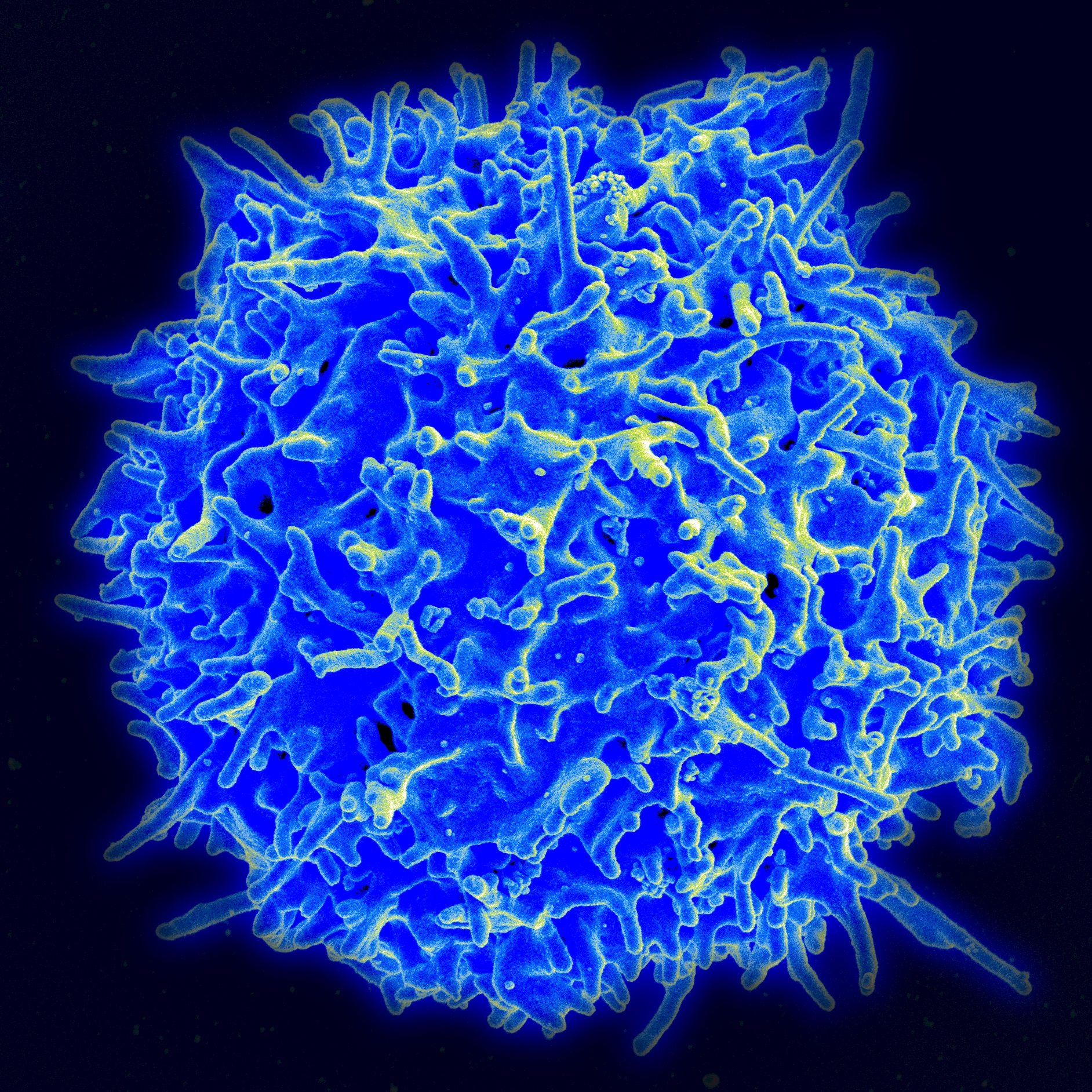The jury is still out on what exactly causes fibromyalgia. I would suppose if we knew the answer to that question, we would know a lot more about medicinal and non medicinal approaches to treatment. The research is ongoing...and more and more new and interesting information is coming out all the time.
One such study out of Northridge Hospital Medical Center, Northridge,CA and North Central University in Prescott, AZ looked at skin biopsies from the thighs and calves of people with and without fibromyalgia diagnosis. In their study, they found that people with fibromyalgia had a decrease in the density nerve fiber density in their calves and thighs. This suggested to the authors that fibromyalgia is actually a problem of peripheral neuropathy.
Current thinking about fibromyalgia is that the problem is in the central nervous system, so this certainly raises some questions. Also of note was that there was evidence in this study that fibromyalgia is an immune mediated process.
Experts caution that other studies about fibromyalgia provide evidence that the central nervous system is involved; that some of the symptoms of fibromyalgia, including fatigue, mood, memory and sleep disturbances cannot be explained by this new research. They caution that, while the small fiber neuropathy is evidenced by this study, but what exactly it means is unknown.
You can read an article about this new research finding by clicking here.
Sources: MedPageToday; Pixabay, Wikimedia
One such study out of Northridge Hospital Medical Center, Northridge,CA and North Central University in Prescott, AZ looked at skin biopsies from the thighs and calves of people with and without fibromyalgia diagnosis. In their study, they found that people with fibromyalgia had a decrease in the density nerve fiber density in their calves and thighs. This suggested to the authors that fibromyalgia is actually a problem of peripheral neuropathy.
Current thinking about fibromyalgia is that the problem is in the central nervous system, so this certainly raises some questions. Also of note was that there was evidence in this study that fibromyalgia is an immune mediated process.
Experts caution that other studies about fibromyalgia provide evidence that the central nervous system is involved; that some of the symptoms of fibromyalgia, including fatigue, mood, memory and sleep disturbances cannot be explained by this new research. They caution that, while the small fiber neuropathy is evidenced by this study, but what exactly it means is unknown.
You can read an article about this new research finding by clicking here.
Sources: MedPageToday; Pixabay, Wikimedia


Comments
Post a Comment